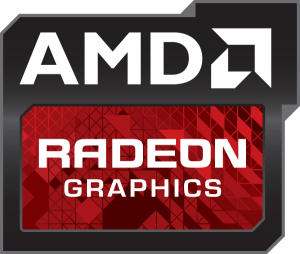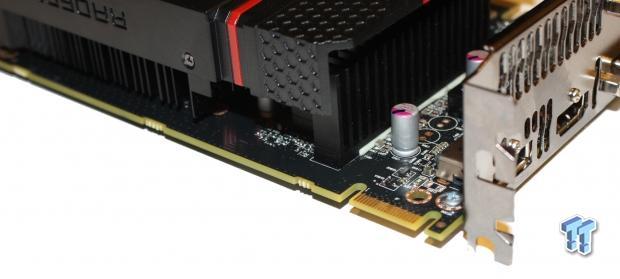 AMD’s Radeon 7000 series graphics cards are some of the longest on the market ever. The first cards were originally released all the way back in late 2011. Since their initial release, the company has tweaked the clocks and released new models such as the GHz Editions but there really wasn’t much change. Now the company is introducing its latest graphics card lineup with the Radeon R9 and Radeon R7 series. While the names may be different, it seems that AMD is really just reworking the names more than their graphics card, something that NVIDIA has done repeatedly including the majority of the 700 series which are essentially rebadged 600 series cards. Let’s take a closer look at the changes AMD is making.
AMD’s Radeon 7000 series graphics cards are some of the longest on the market ever. The first cards were originally released all the way back in late 2011. Since their initial release, the company has tweaked the clocks and released new models such as the GHz Editions but there really wasn’t much change. Now the company is introducing its latest graphics card lineup with the Radeon R9 and Radeon R7 series. While the names may be different, it seems that AMD is really just reworking the names more than their graphics card, something that NVIDIA has done repeatedly including the majority of the 700 series which are essentially rebadged 600 series cards. Let’s take a closer look at the changes AMD is making.
Radeon R9 Cards
The R9 270X will be even less expensive at just $200. It too is essentially a reworking of the existing Radeon HD 7870 GHz Edition. AMD did tweak the R9 270X core a bit though as it will feature a slightly higher base clock speed and a standard 2GB memory with option for 4GB models. Performance is expected to be nearly identical between the two which is a shame as the Radeon HD 7870 GHz Edition is already selling for the same $200 price point making there almost no compelling reason to get the newer one over the older model.
Radeon R7 Series
Mantle
One of the new technologies that AMD is touting on the R7/R9 processors and the Graphics Core Next architecture is Mantle. Essentially, this is a program tool that allows higher performance graphics on lower level hardware. Essentially, it is a direct rendering system that bypasses either OpenGL or Direct3D. This is a key feature for AMD’s big wins in the home video console market as it allows less expensive hardware to be optimized for higher performance. Theoretically this can also be used on the PC platform as well. The problem is that it requires the software to essentially be written directly for the AMD hardware in mind. This breaks the universal support of Direct3D and OpenGL.
It is unknown how much Mantle will matter in the world of PC gaming and graphics at this point. There are huge potential for developers that produce games for the home video consoles and then port them over to the PC world as it can reduce the software development time. The downside is that it would alienate those players that do not have compatible hardware. With NVIDIA having the larger share and little incentive right now for those running older AMD cards for upgrading, that means that there will be a relative small userbase of users that could take advantage of such a feature.
Conclusions
The first wave of new Radeon R series graphics card is going to be a hard sell for the PC computer market. These cards are essentially derivatives of graphics cards that have essentially existed on the market for the past couple of years but with slightly more competitive pricing against NVIDIA. We won’t really see a new graphics card until AMD release the Radeon R9 290X with a completely new graphics core but it will still be likely based upon AMD’s Graphics Core Next designs. This card will have to really display some added performance or features though. NVIDIA’s TITAN and the GeForce GTX 780 have a significant performance lead that makes them the more compelling choice for serious PC gamers.

